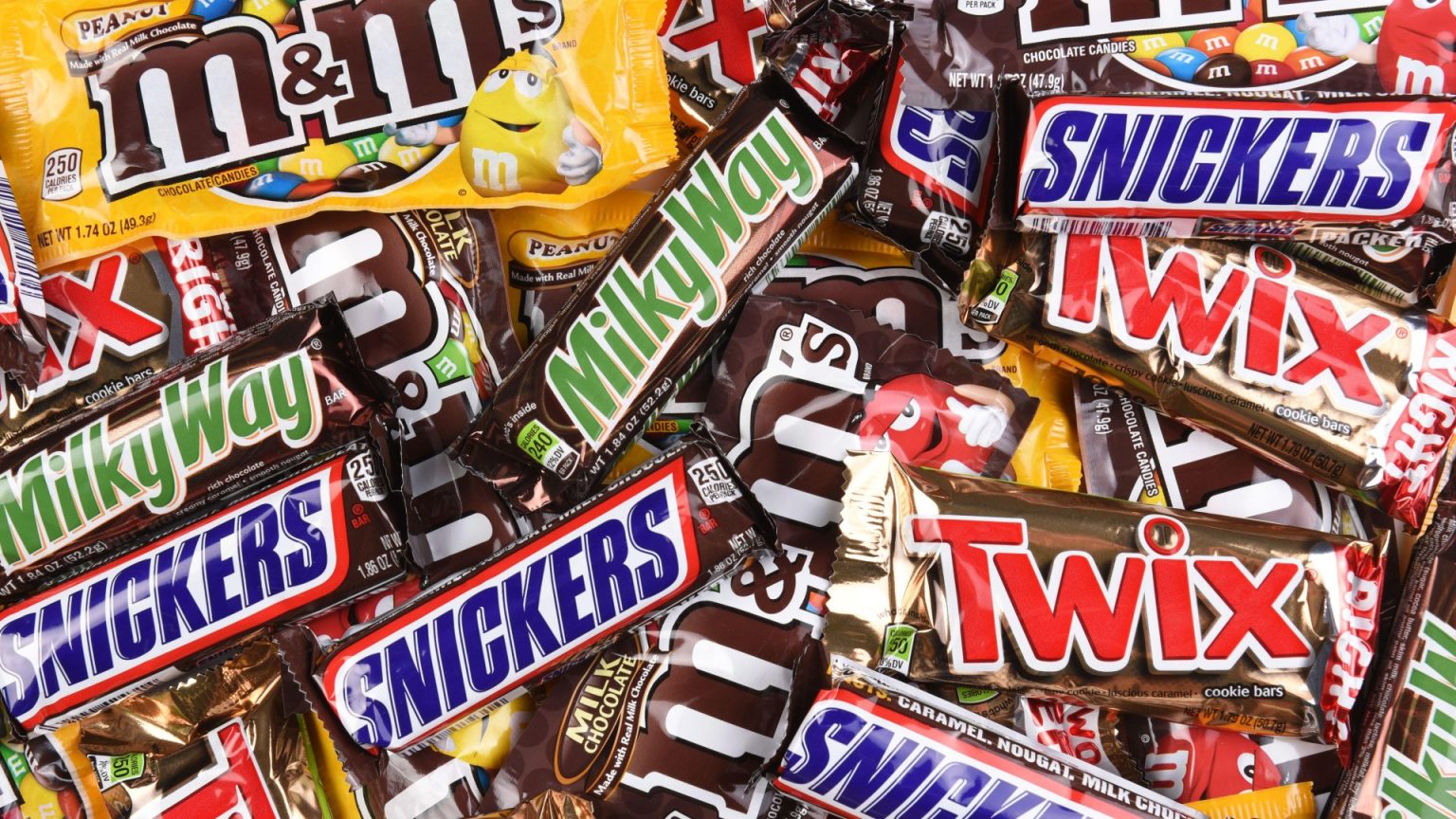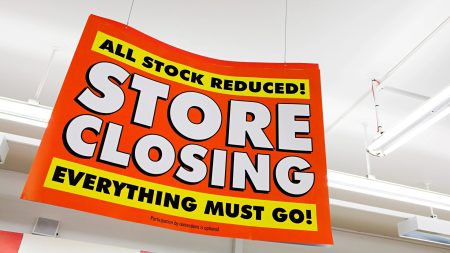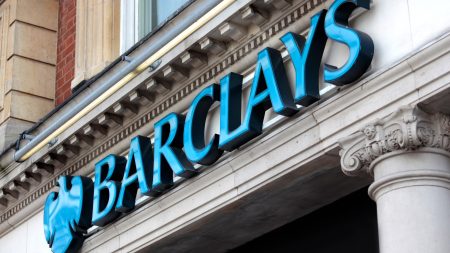The cyclical nature of chocolate bar popularity leads to both discontinuations and triumphant returns. Consumer preferences shift, sales decline, and manufacturers make difficult decisions to remove products from shelves. However, nostalgia, public demand, and strategic marketing often lead to the resurrection of beloved treats. The story of the Cadbury Wispa bar exemplifies this phenomenon. Launched in 1981, its bubbly texture won over fans, only to be discontinued in 2003 as Cadbury refocused on its core Dairy Milk brand. However, the outcry from Wispa loyalists was so significant that Cadbury relented and reintroduced the bar in 2007, securing its place in the market once more.
While some resurrected chocolates like the Wispa enjoy a permanent return, others reappear for limited engagements, capitalizing on nostalgic cravings. The Cadbury Dairy Milk Marble bar, for instance, was brought back for a short time in B&M stores after a petition garnered substantial support. This limited-edition strategy allows manufacturers to gauge continued interest and potentially pave the way for a full-fledged comeback. The recent reintroduction of Milky Way Crispy Rolls, along with Bounty and Twix Crispy Rolls, follows this pattern, offering a temporary taste of the past for devoted fans. These limited runs often create a sense of urgency and excitement, driving sales and generating buzz around the returning product.
Occasionally, discontinued chocolates resurface unexpectedly, through imports or remaining stock. The Nestle White Crunch bar, absent for seven years, reappeared in Home Bargains, much to the delight of its followers. While Nestle initially denied plans for a comeback, the sudden appearance of the sharing-sized packs suggests a strategic response to lingering demand, possibly by importing stock from countries where the bar was still sold. Similarly, Fuse bars, discontinued in 2006, have resurfaced as Fuse Mini Treats in B&M, highlighting the retailer’s practice of sourcing discontinued chocolates from other markets to satisfy nostalgic cravings.
The story of the Caramac bar further illustrates the power of consumer backlash. Discontinued in 2023 after 64 years due to low sales, the caramel-flavored treat was met with a wave of protest from loyal fans. Nestle quickly reversed its decision, reintroducing the Caramac in various formats, including single bars, multi-packs, and sharing bags of buttons. While initially a limited return, the strong consumer response may influence Nestle to make the comeback permanent.
Consumer surveys provide valuable insights into the enduring appeal of discontinued chocolates. A Jackpotjoy survey revealed the top ten retro chocolates that participants desired in their “dream selection box,” including Cadbury Dream, Marble, and Aztec, as well as Milky Way Crispy Rolls and Cadbury Fuse. These findings underscore the power of nostalgia and brand recognition, highlighting the potential for manufacturers to tap into these sentiments for successful product relaunches.
Rebranding strategies can also evoke nostalgic sentiments. The Marathon bar, renamed Snickers in 1990, briefly reverted to its original name in Morrisons stores, appealing to long-time fans who remembered the bar’s initial identity. Similarly, the resurgence of the strawberry-flavored Aero bar, absent for 50 years, demonstrates the enduring appeal of classic flavors. These reappearances, often tied to anniversaries or special promotions, generate excitement and media attention, further fueling the desire for these nostalgic treats. The limited-time return of the Cadbury Top Deck bar, relaunched for the company’s 200th anniversary, showcases this strategy, offering a taste of the past while celebrating a milestone achievement. Even the return of a single flavor, like the Quality Street coffee creme to John Lewis pick ‘n’ mix tins, can create a buzz among dedicated fans. These targeted relaunches demonstrate the importance of understanding consumer preferences and catering to niche markets.











